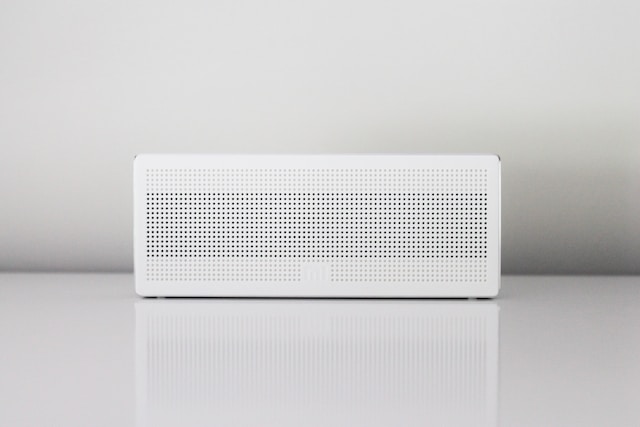Air heating and cooling systems are the unsung heroes of indoor comfort, silently working behind the scenes to create a pleasant living or working environment. This article delves into the intricate world of these systems, exploring their fundamental principles, the technologies that drive them, and the evolving trends shaping the way we experience temperature control in our daily lives.
Heating, ventilation, and air conditioning (HVAC) systems play a dual role in maintaining indoor comfort. During colder months, they ensure spaces are warm and cosy, while in the heat of summer, they cool the air, providing a respite from the scorching temperatures. This dual functionality has made alpha air heating and cooling HVAC systems a staple in homes, offices, and various commercial establishments.Heating, the first component of HVAC, is often powered by furnaces, boilers, or heat pumps. Furnaces burn fuel or use electric resistance to generate heat, while boilers circulate hot water or steam through radiators. Heat pumps, on the other hand, extract warmth from the outdoor air or the ground and transfer it indoors. These systems operate on the principle of converting energy into heat, ensuring that indoor temperatures remain comfortable during colder seasons.

When it comes to cooling, the air conditioning aspect of HVAC systems takes centre stage. Air conditioners use refrigerants to absorb heat from indoor air, releasing it outside to create a cooling effect. This process involves the compression and expansion of refrigerant gases, facilitating the transfer of heat and resulting in the desired cooling effect. Centralized systems and ductless mini-split units are common configurations for delivering cool air throughout indoor spaces.
The pursuit of energy efficiency has become a driving force in the development of air heating and cooling technologies. High-efficiency furnaces, heat pumps with variable-speed compressors, and air conditioning units with advanced SEER (Seasonal Energy Efficiency Ratio) ratings are just a few examples of innovations aimed at minimizing energy consumption. These technologies not only reduce environmental impact but also translate into cost savings for users.
In centralized HVAC systems, ductwork plays a crucial role in distributing heated or cooled air throughout a building. Well-designed and properly installed ducts ensure efficient airflow, preventing energy wastage and maintaining consistent temperatures in different rooms. On the other hand, ductless systems, such as mini-split units, eliminate the need for extensive ductwork, providing a more flexible and often more energy-efficient alternative.
The integration of smart technologies has transformed the user experience in air heating and cooling. Smart thermostats allow users to remotely control temperature settings, create schedules, and monitor energy usage. The automation of HVAC systems based on occupancy sensors and real-time weather data further enhances energy efficiency, as systems can adapt to the specific needs of the space and its occupants.

Zoning is a strategy that optimizes HVAC system efficiency by dividing a space into distinct zones with independent temperature control. This allows users to heat or cool specific areas based on occupancy and usage patterns. Zoning not only enhances comfort by customizing temperatures in different parts of a building but also contributes to energy savings by avoiding the unnecessary conditioning of unoccupied zones.
Geothermal systems represent a sustainable alternative in the realm of air heating and cooling. These systems leverage the relatively constant temperature of the earth below the surface to exchange heat with a fluid circulating through a ground loop. Geothermal heating and cooling systems are known for their high efficiency and low environmental impact, making them an attractive option for those prioritizing sustainability.





